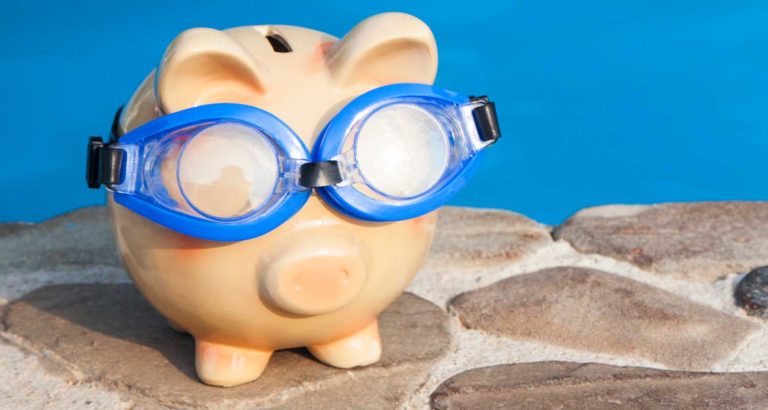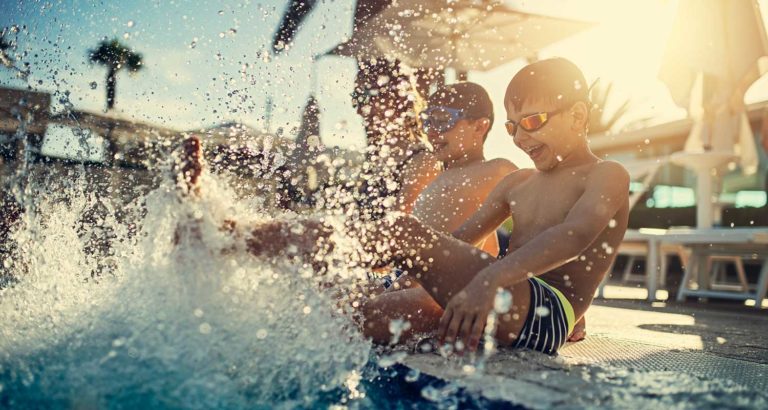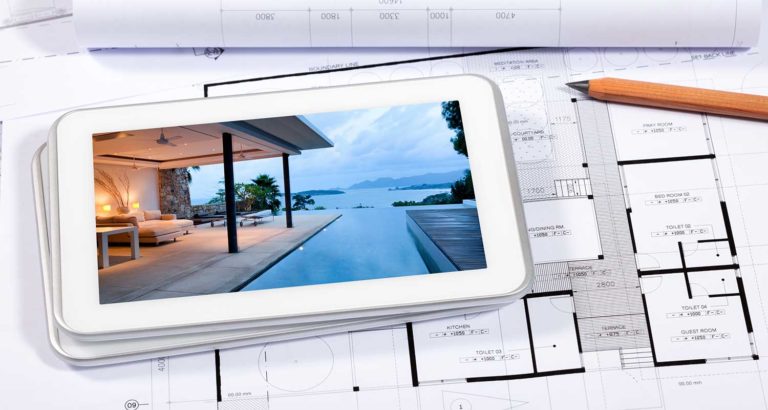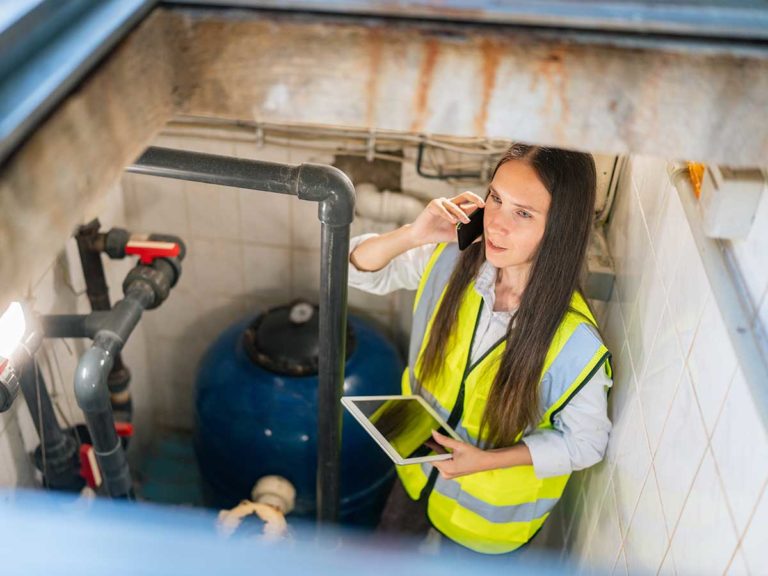A Guide to Pool Water Testing
Having a crystal-clear and healthy swimming pool is a top priority for any pool owner. To maintain optimal water quality, regular pool water testing is essential. It ensures that your pool is safe to swim in and prevents issues like algae growth and equipment damage. In this guide, we’ll walk you through the basics of pool water testing and why it’s crucial for your pool’s maintenance.
Why Is Pool Water Testing Important?
- Safety: Testing your pool water helps ensure that it’s safe for swimming. You can detect and address issues like high chlorine levels or low pH, which can cause skin and eye irritation.
- Water Balance: Maintaining proper water balance is essential for pool equipment and surfaces. Imbalanced water can lead to corrosion, scale buildup, and damage to pool components.
- Preventing Algae and Bacteria Growth: Regular testing allows you to monitor sanitizer levels and adjust them as needed to prevent algae and harmful bacteria from thriving in your pool.
- Cost Savings: By addressing water quality issues promptly, you can avoid costly repairs and treatments down the road.
The Basics of Pool Water Testing
Pool water testing involves measuring several key parameters:
- Chlorine: Chlorine is the most common pool sanitizer. You should aim for a chlorine level between 1 and 3 parts per million (ppm) to maintain a healthy pool.
- pH Level: pH measures the acidity or alkalinity of your pool water. The ideal pH range is between 7.4 and 7.6. Maintaining this range prevents equipment damage and swimmer discomfort.
- Total Alkalinity (TA): TA helps buffer pH levels and should be in the range of 80 to 120 ppm.
- Calcium Hardness: Maintaining proper calcium hardness (between 200 and 400 ppm) prevents water from becoming too soft, which can damage your pool’s surfaces and equipment.
- Cyanuric Acid (CYA): CYA stabilizes chlorine and should be kept at 30 to 50 ppm. Excessive CYA levels can reduce chlorine’s effectiveness.
When and How to Test Your Pool Water
- Frequency: Test your pool water at least once a week to ensure consistent water quality. You should also test after heavy pool use, heavy rainfall, or if you notice any water clarity issues.
- Testing Kits: You can use various testing kits to measure pool water parameters. Test strips, liquid test kits, and digital testers are common options. Follow the manufacturer’s instructions for accurate results.
- Sampling: When taking a water sample, collect water from elbow-depth in your pool, away from return jets and skimmers. Rinse the container before sampling to avoid contamination.
- Interpreting Results: After performing the tests, compare the results to the ideal ranges mentioned above. If any parameter is out of range, take appropriate corrective action. This may involve adding chemicals or adjusting pool settings.
Maintaining a Pool Log
To stay on top of your pool maintenance, consider keeping a pool log. Record your test results, date of testing, and any corrective actions taken. A pool log helps you track trends and ensures consistent water quality.
Regular pool water testing is a fundamental aspect of pool maintenance. It keeps your pool safe, prevents costly damage, and ensures a pleasant swimming experience. By understanding the key parameters and following a testing routine, you can enjoy a clean and healthy pool all season long.
Learn more about pool construction safety technology by visiting Swim Inc. Pool Safety page or call us 919-629-1331







